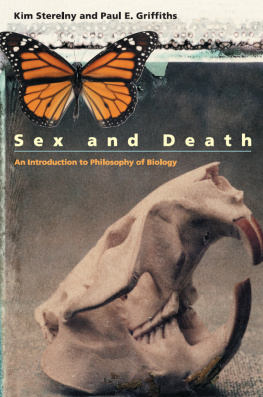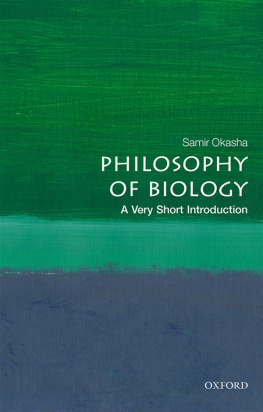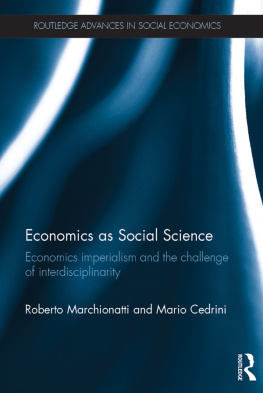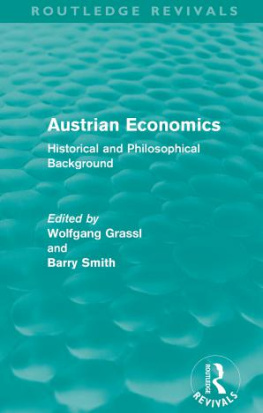Introduction
In the philosophy of science, interest has recently shifted from scientific concepts to scientific practices. That means what really matters to philosophers of science, and what philosophical discussions should be based on, is what scientists actually do and how they do it rather than philosophers visage of what science is and how scientists should do it. This application of Humes guillotine is one of the prevailing trends in the late twentieth century and is sometimes considered as a kind of naturalism. Philosophical naturalism is received in various ways. Despite the opposition of supernaturalistic or a priori explanations, as the name suggests, the main theme of naturalism is to align philosophy of science with science and to pay special attention to scientific methods. A sophisticated investigation of the naturalization of philosophy of science requires addressing the questions of how philosophy is naturalized to a specific science and in what respects particular sciences and philosophies of those sciences are similar to one another (Giere
More importantly, as Ronald Giere (, p. 8) well describes this type of position by stating that the naturalistic philosophy of science attempts to understand science by addressing the following questions: What are the objectives of scientific inquiry? What methods are used to obtain the results? How are the methods and results of science evaluated? How do value issues impinge on the conduct of science? Since the answers to Bechtels questions crucially require examining scientific methods, the philosophical perspective offered by naturalism necessarily turns to methodology. This edited volume contributes to such a methodological turn in the philosophy of science.
In this edited volume, we specifically investigate mechanism and causality in biology and economics. Why do we target mechanism and causality? Despite the fact that they both stand long as important conceptions in the philosophy of science, causality and mechanism are two main guiding ideas that underlie scientists practices of making explanations. To identify the characteristics of a scientific explanation, we need first to explore what causality and mechanism are and how scientists infer their existence, then conjoin the discussion of causality with that of mechanism for a comparative study.
We particularly focus on the context of biology and economics for three reasons. First, recent developments in the philosophy of science have shown that the philosophy of biology and economics are two of the most fertile fields. The findings in these subdisciplines not only posit serious challenges to but also provide novel ideas for traditional accounts in the philosophy of science that are based mainly on the physical sciences. Second, the current trend of investigating biological or economic issues by employing the concepts and tools developed in the other field (e.g., evolutionary game theory, behavioral economics) has drawn substantial attention among scientists and philosophers of science alike. A study that juxtaposes biology with economics and explores a deeper understanding of various philosophical and methodological issues would prove meaningful. Daniel Steels () have also made significant contributions to current and future research on the methodology of causal structure in science in general. However, even though mechanism and causality occupy the main stage of research in both the philosophy of biology and that of economics, only few studies have been done that bring the accounts in one discipline to the other. This edited volume can be seen as a result of collaborative interaction and mutual understanding among philosophers from different disciplines.
Mechanism and Causality in the Philosophy of Science
Although causal inquiry has long been regarded as one of the core elements of science, the focus of the philosophical investigation of causality has changed over time since at least the modern era. Traditionally, the discussion tended to pay much more attention to inquiring about the metaphysical aspect of causality. This tendency reached its climax in Humes famous inquiry about the secret connection between any two eventscause and effect. Then in the first half of the twentieth century, influenced by the positivist philosophy of science and the Humean regularity view of the laws of nature, the discussion shifted to a concern about the epistemological aspects of the subject. In particular, attempts have been made to delineate the characteristics of causality by using conditional analysis, that is, by analyzing causality in terms of necessary or sufficient conditions, or both. By temporarily leaving aside the question of the existence and characteristics of causality, the new generation of philosophers tries to construct down-to-earth accounts of causality, especially by referring to practicing scientists achievements in finding patterns in the empirical data of targeted variables that they collect from experiments or field studies. In other words, contemporary philosophers of causality, recognizing that we human beings are agents of our own knowledge, tend to use their restricted methodological lever to tease out indications of the answers of what previously were thought to be questions about metaphysics and epistemology.
Similarly, the conception and application of mechanisms are nothing new in science and philosophy. From the seventeenth century onward, we observe the development of mechanical philosophy, represented by the achievements of the giants of science such as Galileo, Descartes, Huygens, Boyle, and Newton. Marie Boass () interventionist account of causality. In contrast, MDC endeavor to give up causal language entirely.
Briefly, Woodwards view is that X is a total cause of Y if and only if under an intervention that changes the value of X (with no other intervention occurring) there is an associated change in the value of Y (Woodward ), Woodward refines this causal idea by adding a condition of invariance. According to Gasking, C causes E in cases in which we can, with the aid of a certain kind of general manipulative technique, produce an antecedent occurrence of kind C as a means to bring about a subsequent occurrence of kind E . As with Gasking, Woodward agrees that a relation, if it is to be regarded as having causal and explanatory import, must be explicated in terms of manipulation. What is new in Woodwards account is that he further suggests that, for a relation R between C and E to count as being causal and explanatory, relation R must be invariant under the manipulation of C . That is, the manipulated change in C should bring about the change in E in the way stated in R ; otherwise, C does not cause E in the way stated in R and perhaps does not cause E at all. Clearly, for Woodward, a causal relation should be a relation that is exploitable by manipulation for the purposes of control. Woodwards account seems to imply that a relation R will express a causal relation only if R is invariant over a range of interventions.










